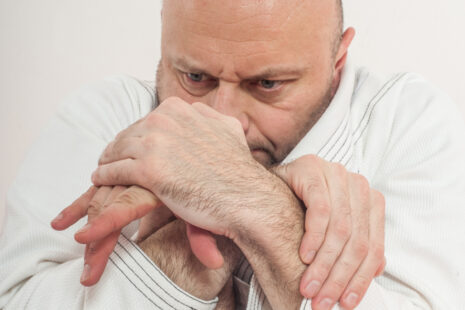The pain during rotator cuff physical therapy varies based on injury severity, pain tolerance, and therapy techniques.
Here’s what to consider…
- Initial Discomfort – At the beginning of physical therapy, some discomfort or mild pain may be expected, especially if the rotator cuff injury is acute or has resulted in stiffness and limited range of motion. Yet, the goal of therapy is to gradually improve strength, flexibility, and function while managing pain levels effectively.
- Gradual Progression – Physical therapists typically design customized treatment plans tailored to the individual’s needs and abilities. Therapy usually starts with gentle exercises and manual techniques to reduce pain, improve mobility, and strengthen the shoulder muscles gradually. As therapy progresses, exercises may become more challenging, potentially causing temporary discomfort or muscle soreness.
- Communication – Open communication with your physical therapist is crucial. If you experience excessive pain or discomfort during therapy, inform your therapist immediately. They can adjust the intensity or modify exercises to ensure they are effective without causing undue pain or exacerbating the injury.
- Pain Management – Physical therapists may use various pain management techniques during therapy sessions, such as manual therapy, ice or heat therapy, electrical stimulation, or ultrasound, to help alleviate discomfort and promote healing.
- Home Exercises – In addition to therapy sessions, you may be prescribed home exercises and stretches to perform independently. It’s necessary to follow your therapist’s instructions carefully and perform exercises within your pain tolerance to avoid exacerbating the injury.
Overall, while rotator cuff physical therapy may involve some discomfort or temporary pain, the primary goal is to facilitate recovery, restore function, and reduce pain in the long term. With proper guidance from a qualified physical therapist and adherence to prescribed exercises and treatment protocols, many individuals can successfully manage rotator cuff injuries and improve shoulder function without excessive discomfort.



